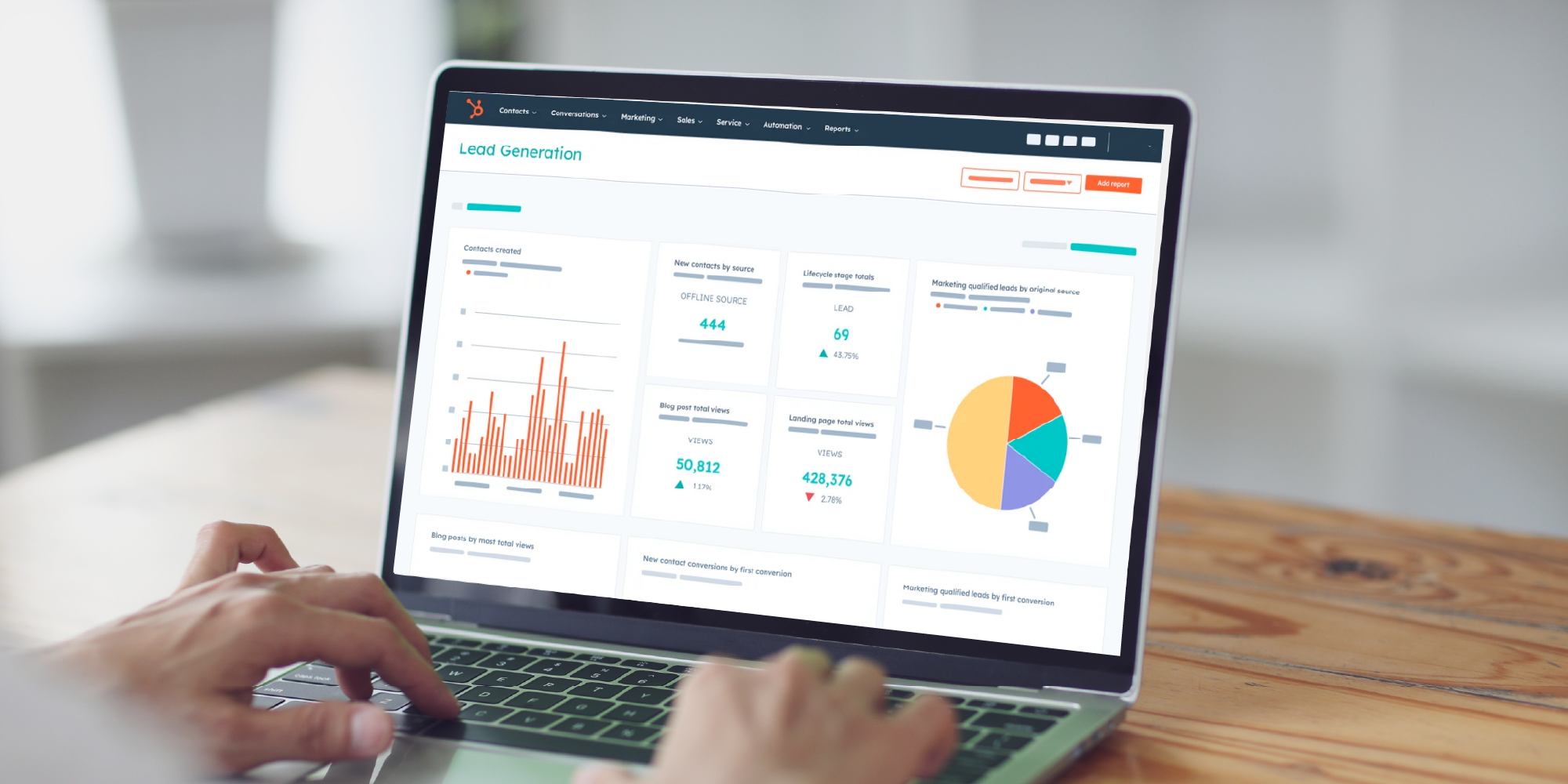 Credit Union Marketing
Credit Union Marketing
Email Marketing for Credit Unions: How to Build a Strategy That Brings Real Results
By Lindsay Stefan 3 Minutes Read
Email marketing isn’t just alive — it’s thriving. For credit unions, it remains one of the most powerful (and cost-effective) ways to connect with members, deepen relationships, and increase product use.
For our credit union clients, email marketing has the highest conversion rate on loan products - often beating out paid advertising efforts. And according to HubSpot, email generates $42 for every $1 spent. That’s a 4,200% ROI — and not something you want to ignore.
At PRIME, we’ve helped credit unions like Rocky Mountain Credit Union, Montana Educators Credit Union, and Ravalli County Credit Union build smarter marketing strategies. The result? More engagement, more product adoption, and stronger relationships with members.
Here’s how your credit union can do the same.
Why Email Marketing Still Works for Credit Unions
There are more than 4 billion daily email users. Translation? Your members are already in their inboxes — and they’re expecting to hear from you.
But this isn’t about blasting out one-size-fits-all promos. The real opportunity lies in delivering value that deepens member relationships while growing the bottom line. The right strategy helps you:
-
Drive more value per member by cross-promoting relevant products and services.
-
Strengthen loyalty through personalized content and community storytelling.
-
Stand out in a crowded market with targeted offers that feel meaningful, not mass-marketed.
Done right, email becomes a way to serve your members — not just sell to them.
Real Data from PRIME: What We’re Seeing in the Field
After years of email marketing for credit unions across Montana and beyond, we’ve seen consistent patterns in how members engage with email content:
-
Average open rate for product-focused emails: 35%
-
Average open rate for community-focused emails: 47%
-
Average click-through rate: 1-2%
- Average product conversion rate from email: 25%
These numbers may look modest at first glance, but they’re well above industry standards — especially when content is personalized, mobile-optimized, and value-driven. If your email efforts aren't garnering these results, read on.
💡 Pro tip: One of the most effective strategies we’ve seen is using member-only specials to boost product use while rewarding loyalty. Whether it’s lower rates, exclusive financial tools, or giveaways, these targeted perks get results.
Build a Smarter Email Marketing Strategy
Here’s how to take your email strategy from “just sending emails” to driving real impact.
1. Grow (and Nurture) Your List
Start with what you already have — your existing member database. Then grow it with smart list-building tools like:
-
Website popups offering helpful tools (e.g., loan calculators, financial checklists)
-
In-branch campaigns to promote email signups
-
Social media lead magnets (free resources in exchange for emails)
The goal isn’t just quantity — it’s quality. From there, you’ll use segmentation to deliver the right message to the right person.
2. Segment Your Members for Maximum Relevance
No two members are the same. Some are just getting their first car loan; others are thinking about retirement. The more personalized your emails, the more effective they’ll be.
Try segmenting by:
-
Products used (e.g., send home improvement loan tips to mortgage holders)
-
Life stage (e.g., budgeting guides for college-aged members)
-
Engagement level (e.g., re-engagement emails to dormant members)
This approach doesn’t just make sense — it gets results. According to HubSpot, segmented campaigns can boost revenue by up to 760%.
3. Create a Content Plan That Delivers Value
This is where most credit unions miss the mark: they focus on promotions before building trust. Flip the script.
Here’s a simple content framework: 80% educational & community content + 20% product offers
Examples of high-value content:
-
Financial literacy tips
-
Local event sponsorships
-
Member spotlights
-
Community donation recaps
When you show members what you do for them and their communities, they’re more likely to open, click, and act — not just once, but again and again.
4. Use the Right Frequency (Without Overdoing It)
There’s a fine line between helpful and annoying. We recommend limiting one email per week to each list segment, then testing from there.
Too frequent? You risk unsubscribes. Too rare? You fall off their radar. Pay attention to your metrics and adjust your cadence accordingly.
5. Design for Mobile First
Nearly 50% of users open emails on mobile — but nearly 1 in 5 campaigns still isn’t optimized for it. Don’t be that 1 in 5.
Make sure your email:
-
Loads quickly
-
Has easy-to-click CTAs
-
Looks clean and readable on a phone
Most platforms (like MailChimp, HubSpot, and Constant Contact) offer mobile-friendly templates — just don’t forget to test every email on your own phone before hitting send.
The Bottom Line: Email Still Works — If You Work It Right
Email marketing for credit unions isn’t about sending more — it’s about sending smarter.
If you’re ready to bring more value to your members, increase product engagement, and tell your credit union’s story in a way that connects, email is one of your most powerful tools.
And if you want help building a strategy that gets real results? That’s where we come in.
At PRIME, we’ve helped credit unions across Montana grow engagement, trust, and ROI with custom-built email marketing strategies that respect your members’ time and build long-term relationships.


